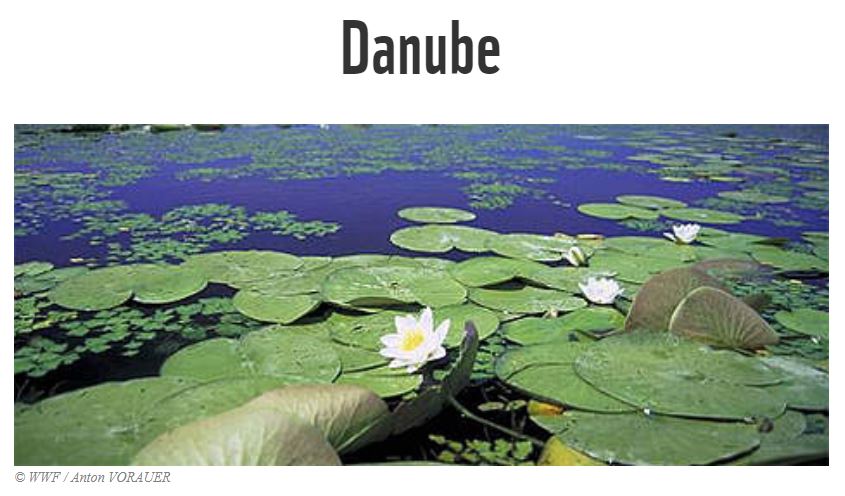![]()
PROTECTING EUROPE’S LIFELINE – THE CREATION OF A TRANSBOUNDARY BIOSPHERE RESERVE ALONG THE DANUBE, DRAVA AND MURA RIVERS

The Danube, Drava and Mura Rivers, an area of more than 800,000 ha represent the unique natural and cultural heritage of five countries: Austria, Croatia, Hungary, Serbia and Slovenia. The rivers are rich in biological values and natural resources. In order to preserve this “European Lifeline”, WWF and his partner organisations pushes for a Trans-Boundary UNESCO Biosphere Reserve; this would bring benefit for both, nature and people in the region. Once established it will be Europe’s largest river protected area and world’s first protected area, shared and managed across five countries.
The main objective is to support the implementation of a well protected and managed trans-boundary Danube, Drava and Mura river system.
The measures include:
1 – Support establishment of TBR MDD protection status in the five countries Measures: UNESCO TBR nomination: a five country declaration for a joint TBR MDD nomination process was signed on March 25th 2011; now the necessary requirements and documents for UNESCO designation have to be prepared. “Gift to the Earth Event”: the TBR MDD, once finally achieved, WWF has the intention to honour the Governments with a ‘Gift to the Earth’, WWF’s highest accolade for applauding environmentalleadership in a globally significant contribution to the protection of the living world.
2 – Facilitate trans-boundary cooperation and promotion of the MDD area Measures: International working group: a forum of stakeholders from the region to share information, to define the fields of transboundary cooperation such as eco-tourism, water- or protected area management and to carry out common activities and projects. Excursion along the TBR MDD: with stakeholders of all five countries to demonstrate good practice inside the future TBR MDD. Know how transfer and learning from existing Biosphere Reserves: biosphere reserves also focus on regional development, beside conservation and research.
Excursions to international best practice examples with decision makers from the countries. International festival “Nature and Culture along the MDD” (working title): to bring people from all 5 countries together to present their traditions and typical music; culture is the “door opener” to establish the 5-country vision in the “heart” of the people. Website “TBR MDD” (working title): basic information in all 5 languages; news and events in English; photos; information platform Trans-boundary information platform, monitoring and GIS: common GIS and data basis for the whole TBR MDD as a basis for the promotion of the area. Leaflet about the TBR MDD: multilingual; to highlight values and threats and bring the idea of a TBR MDD closer to the people. Nature Guide about the TBR MDD
3 – Promote sustainable river management Measures: Mura-Drava-Danube-Watch: a major key for successful campaigning against destructive projects is to monitor the situation on ground, to make deterioration visible and to act against destruction if necessary. This needs the involvement of the NGO network but also lobbying on EC and national level. Little tern campaign: Little tern (Sterna albifrons) as a flagship species to raise awareness for the needs of an intact river during a tour (campaign) along the rivers. Trans-boundary (HU/HR) river restoration study: a river restoration concept for a specific site on the Drava to demonstrate ecological sound river management. Excursion to international restoration sites (best practice examples) to exchange expertise. Working group for the restoration project and public awareness of restoration benefits. Study “Restoration potential in the future TBR MDD”(working title): to show the overall potential for river and floodplain restoration along the Mura, Drava and Danube and to prioritise futureriver restoration efforts in the MDD area.

